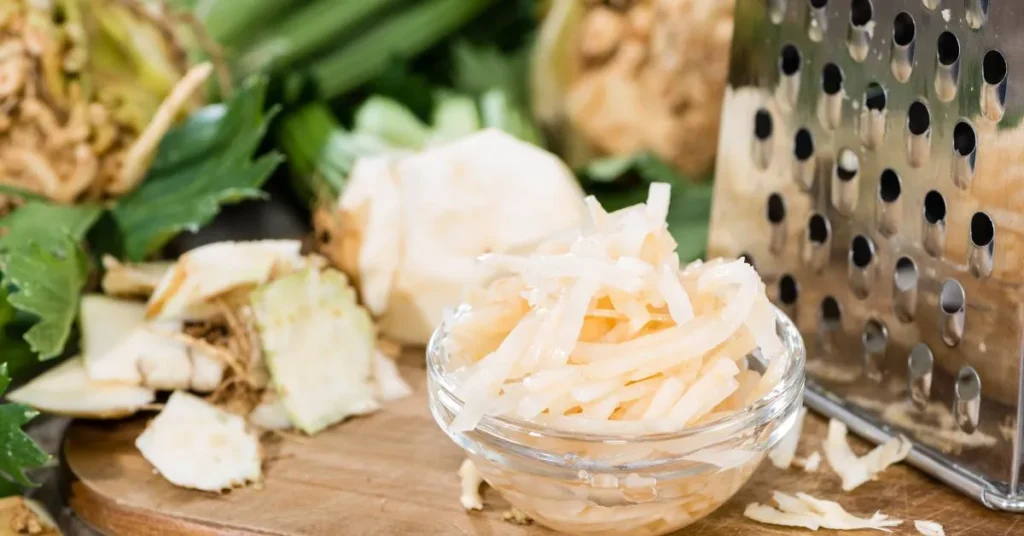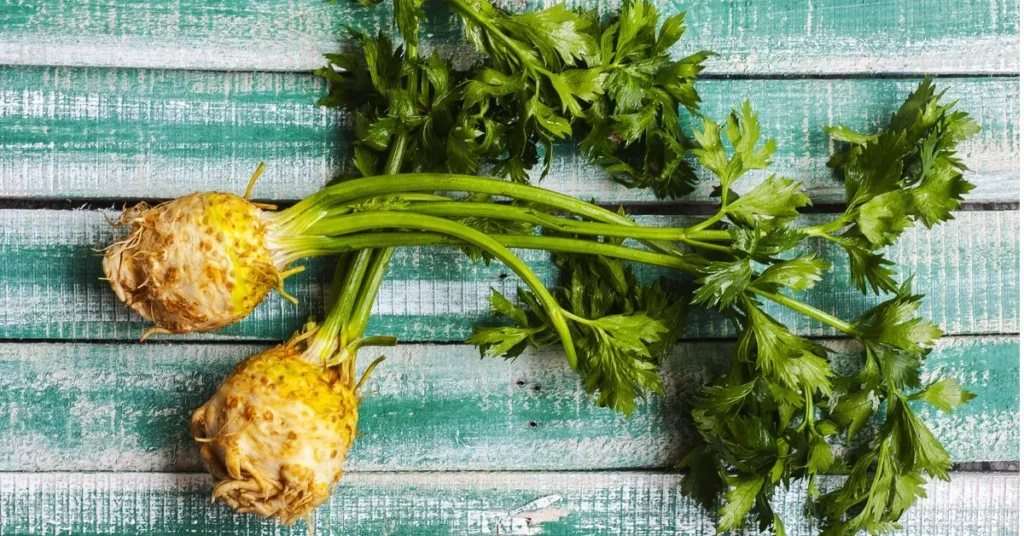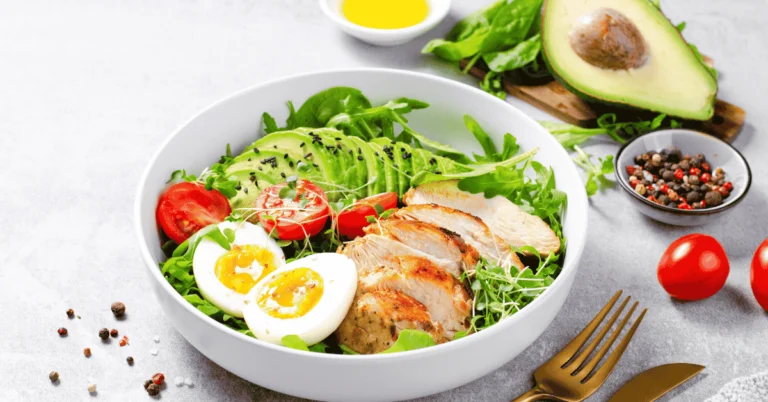Celeriac
Celeriacs or celery root is an underused, versatile and nutrient-packed vegetable. Gnarled and bumpy, celeriac is the pale root of the celery plant and that gives it a mild, nutty, earthy flavor, making it a welcome extra addition in so many kinds of recipes. A terrific source of fiber, vitamins and antioxidants, this underutilized root vegetable is a great entry point for anyone who wants to start hanging more healthy and eclectic ingredients on their pegboard of a lifestyle.

Soups and purees, salads and roasts, celeriacs is a perfectly respectable substitute for potatoes and other starchy vegetables. Its neutral taste, which soaks up the flavors and works with so many combinations, has made it something of a love language for both home cooks and pros.
Ingredients
What is Celeriac?
Celeriacs is a root vegetable and part of the celery family. Whereas common celery is valued for its long stalks, celeriac is cultivated for its knobby, underground bulb. It’s very likely the least beautiful vegetable, but graceless polish, honeyed, leafy fill and all, it’s a fine ingredient in multiple applications.

Native to the Mediterranean and Northern Europe, celeriacs has long been part of the diet there. It can be eaten raw or cooked. It is also a good low-carb substitute for potatoes, which is why it is popular with health-conscious eaters.
Also Read: Chestnuts Recipe
Serving Tips
As a Side Dish: Spoon mashed or roasted celeriacs alongside grilled meats or fish.
In Soups: Purée boiled celeriac to make creamy soups, which have a really rich mouthfeel.
Stir-Frying: Add diced celeriac to vegetable stir-fries.
In Purees: Blend with potatoes or parsnips for an extra kick of flavor.
As Fries: Cut into thin sticks, season and bake for a healthier version of French fries.
Why Love Celeriac?
What is Celeriacs? This trending root vegetable is versatile and loaded with nutrients. It’s low in calories but high in fiber, vitamins, and minerals including vitamin K, vitamin C, and phosphorus. Its mild, earthy flavor means it plays well with a diverse array of ingredients, making it a fine choice for anyone hoping to broaden their professional or home-cooking repertoire.

Celeriacs also makes a great substitute for high-carbohydrate vegetables such as potatoes so it sees a fair bit of use among low-carbohydrate or low-carb dieters. And its versatility in preparation from basic everyday fare to gourmet presentations means adding bacon’s flavors is always just a choice away.
Read More: Monterey Jack Cheese
Celeriac
Ingredients:
Instructions:
Step 1 Peeling and Preparing:
- With a sharp knife, slice off the top and bottom ends of the celeriac to create a stable base.
- Feel the thick, hard outer skin; peel it away gently.
- Rinse the peeled celeriac, and cut it into the shape you’d like (cubes or slices, or julienne strips).
Step 2 Boiling:
- Cut celeriac into pieces and add to a pot of salted, boiling water.
- Simmer for 15-20 minutes or until tender.
- (or olive oil, for a creamy puree) and mash.
Step 3 Roasting:
- Preheat the oven to 400°F (200°C).
- Spread in an even layer on a baking sheet, and roast, stirring halfway through, 25 to 30 minutes.
Step 4 Raw in Salads:
- Shred or julienne celeriac and dress it with lemon juice to prevent it oxidizing.
- Toss with a dressing of olive oil, mustard and fresh herbs for a bright slaw.
Conclusion
Celeriac is an underrated root preserver with an amazing flavor and nutrients that it’s worth having a box of celeriac set aside to be it shredded raw in salads, pureed to a scrumptious side dish or roasted prettily, celeriac provides a sensational individual taste experience. But it’s time to seek out this culinary gem, and discover all the other ways you can enjoy it. Try celeriac, and you might discover you’re reaching for it more often than its relatives in the root vegetable hall.







